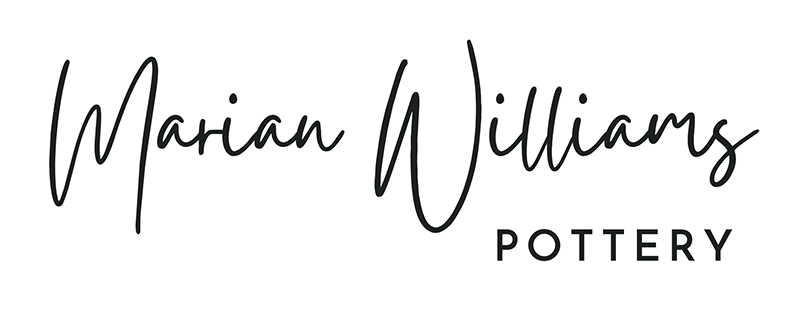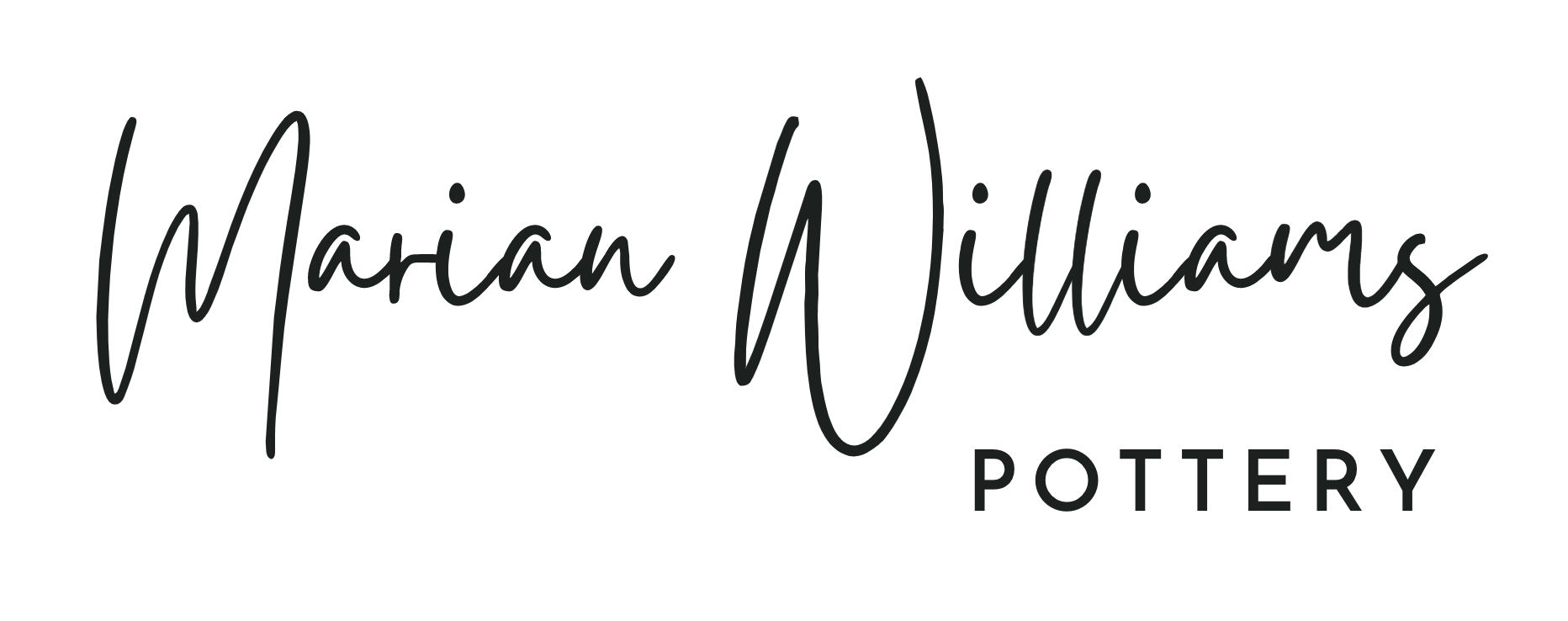I suppose my move to Australia from the USA introduced me to colour – vibrant colour, not subtle in any way, In Australia, the flowers, trees, birds, houses, beaches, fish, and people tend to be more colourful.
This bombardment of colour seems to have produced in me a desire to create those colours in the glazes on my pottery.
I’ve always loved blues (OMG!!!) but I when I first saw a book on the glazes and work produced by Greg Daly, reknown Australian potter, I was gobsmacked (Australian for flabbergasted!). I had never seen colour used so beautifully, intricately or interestingly. It was vivid colour as well! Not the typical “pottery” colours that so many of us are used to. So I was motivated to learn how to do this myself.
Fortunately, the Coffs Harbour TAFE and the Coastal Claymakers were hosting a workshop by Greg Daly and I purchased a spot. Greg’s workshop was fantastic! He is such a generous, knowledgable, inspiring potter/teacher/man.
Greg Daly showed how to mix glazes (as described in his book) so that you can test line blends and then see the results and develop new glazes.
These test tiles show a few of the colours achieved by using this line blend technique. Although I would love to merely have a great, reliable glaze recipe for a particular colour, the process of developing the glazes is very educative and interesting.
Applying glaze to pottery is an art in itself and Greg Daly was great to show us how he layers, waxes and applies various glazes to a piece. For example, this bowl had five glazes, waxing, dipped glaze and painted glaze.
I’ve only begun to dip my toe into the crazy world of colourful ceramic glazes, but I’m having a bit of luck and can’t wait to see what I can come up with! This bowl was in the third firing of my fibre-lined gas kiln cone 10 reduction. The base glaze is Royal Blue. The bowl was then waxed in a criss-cross pattern with Greg Daly’s formula of mixing baby oil and turpentine with wax so that it flows better and “paints” on. However, it is very important to wear a protective gas mask while using this type of wax. The piece was then sprayed with Cone 6 Copper Red from the book, Oriental Glazes by Bailey.


















I always wanted to take a workshop with Greg. His book blew my mind the first time I read it. I sat down and chewed that book, cover to cover. Went out to the studio and felt like a moron. It tooks months for the effects to show up in my work, and even longer to really learn from so many of his ideas. Glad you got to go to such a fantastic workshop!!
I wonder if I can also attend a workshop or he has online classes. I libe far awy in canda